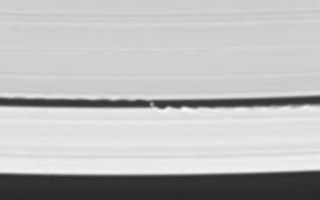
PIA06239_modest.jpg
|
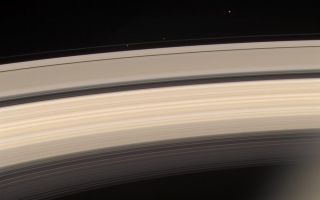
PIA06422: Pretty in Pink
|
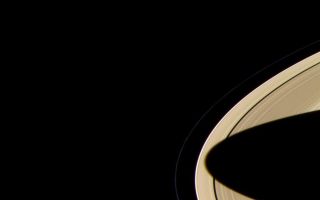
PIA06424: Golden Rings
|
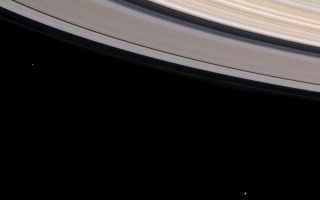
PIA06485: Musical Rings
|
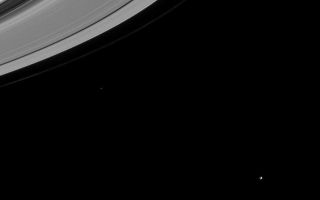
PIA06501: Moons and Gaps
|
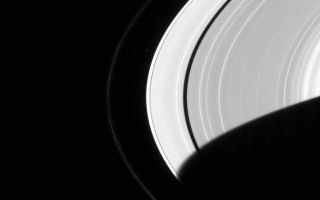
PIA06522: Atlas, Pandora and Janus
|
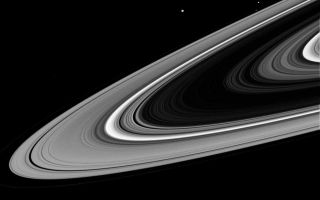
PIA06529: From the Dark Side
|
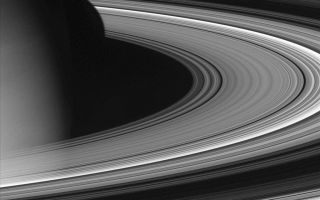
PIA06532: Gazing Down
|
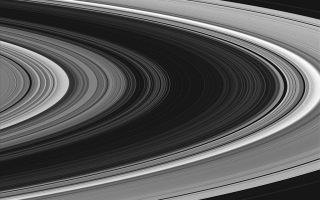
PIA06533: Night Side Ringplane
|
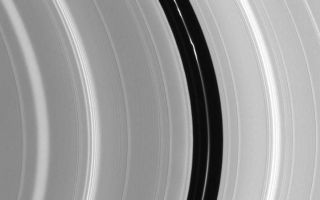
PIA06534: Mind the Gap
|
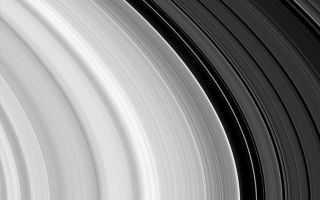
PIA06535: Outer B Ring Edge
|
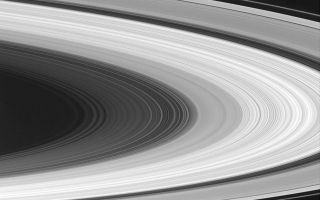
PIA06536: Sweeping Beauty
|

PIA06537: Intricate C Ring Details
|
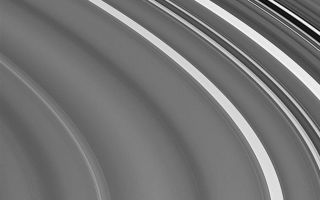
PIA06539: Outer C Ring Detail
|
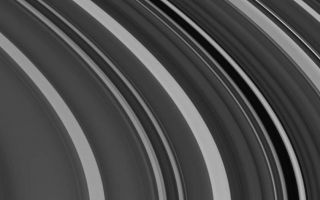
PIA06540: Plateaus and Gaps
|
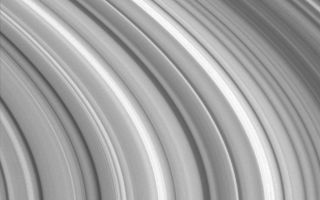
PIA06543: Rippled Rings
|
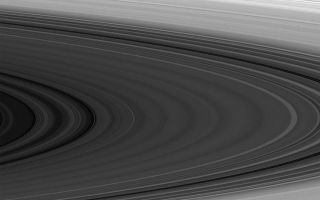
PIA06563: Light and Dark Rings
|
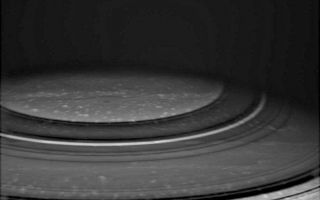
PIA06567: Rings Around the Pole
|
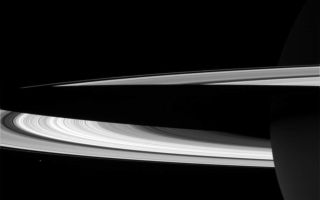
PIA06573: The Giant's Shadow
|
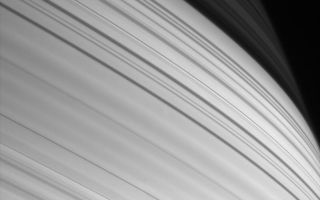
PIA06574: Sun-striped Saturn
|
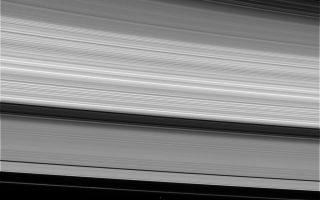
PIA06586: Bound to Saturn
|
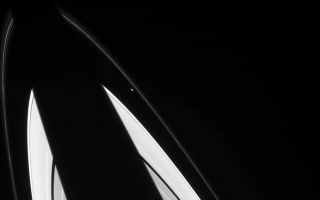
PIA06587: Irregular Pair
|
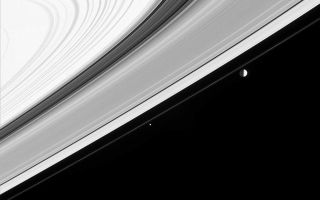
PIA06588: String of Moons?
|

PIA06595: Flock of Moons
|
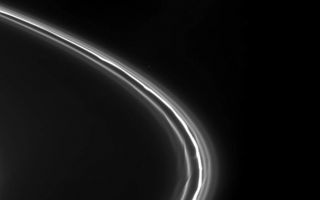
PIA06600: In the Moon's Wake
|
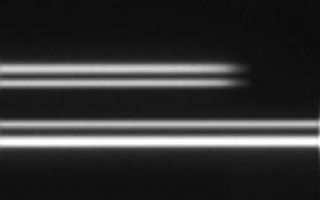
PIA06636: Rings' Disappearing Act
|
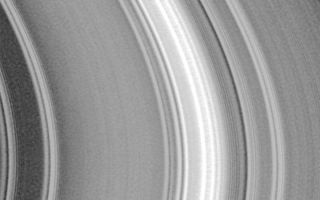
PIA06709: Rings Galore
|
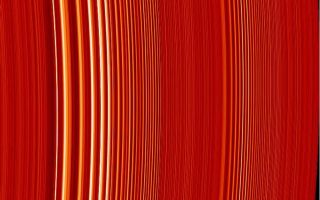
PIA06994: Catching Saturn's Ring Waves
|
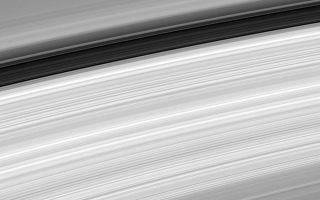
PIA07512: Scanning the Rings
|
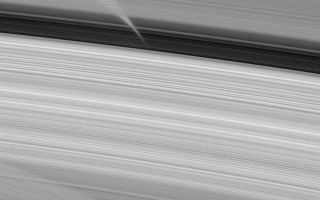
PIA07513: Looking Through the Rings
|